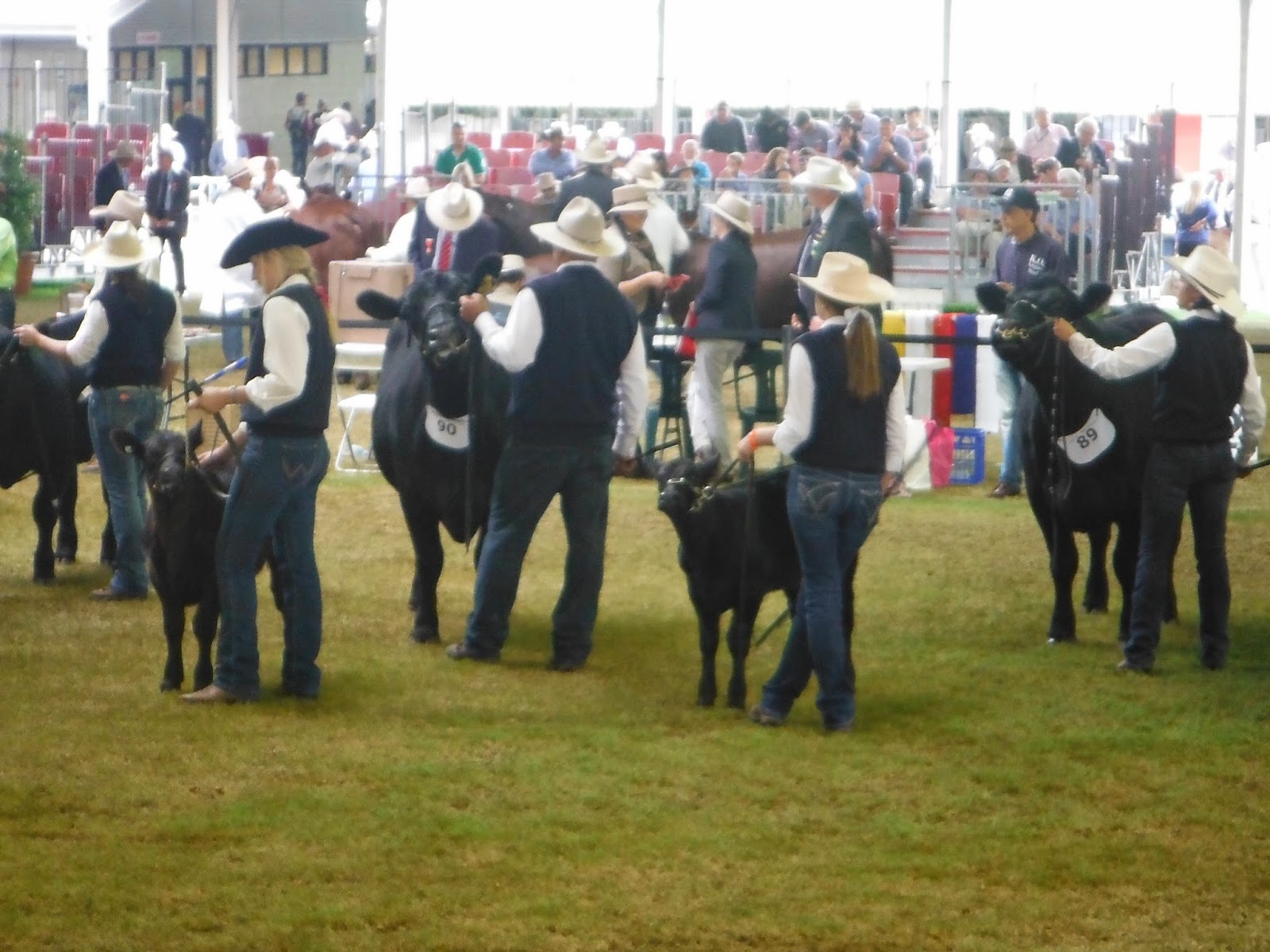The beef industry here faces many of the same challenges that we do in Canada and many different problems as well. It has a long list of positive things that are working well; a national traceability system that is state run, a large amount of land suitable for cattle, great people and a strong industry with organizations that are working towards making it better. Over the past few weeks I have had the opportunity to meet with a number of people involved at various levels of the industry here and have gained a perspective on how things operate here.
Much of what happens in the industry is end user driven. Branded beef programs (natural, organic, grass-fed and no hormone added) are gaining momentum but are not as widely used as in Canada. All of the restaurants which sold a branded product that I visited, knew the origin of their product. In every case they had vertically integrated supply chains and the front line workers had the information available. There were not many, none of which I encountered outside of the major urban centres I was in; Sydney and Brisbane. I was told on a couple of occasions that branded programs are bigger in the south but I did not have the time to investigate. Attributes are tracked from the primary producer to the retailer or restaurant and are verifiable if required. The National Livestock Identification System (NLIS) that records animal movement is updated every time an animal moves premises. The processors have tracking software that link the NLIS tag number to the data collected on the incoming animal paperwork and data gathered at the plant to provide a truly traceable product from box to farm of origin. This is required as part of the State legislations and everyone seems to accept it as part of the process of doing business.
Branded programs use separate tracking databases but have the information available when their customers (domestic and international) ask for it and I was assured they do ask. Even their traceability system was born in part because the EU market wanted product from a country with a traceability system may years ago.
One thing that really impressed me and it is partly because of my day job why this hits home but there are a set of standards that say an animal has to be 75% of a breed before they can market product from it in a breed specific branded program. For example, to be part of an Angus program, an animal needs to be 75% Angus. Nothing less can be branded that way. This was actually decided through a Court case and is now widely recognized and accepted. In the meeting I had this morning, we had a discussion around this and to paraphrase; regulation is required in the beginning but eventually the market takes over and drives the initiative. In the case of breed claims I believe this to be entirely true, I am still not convinced when it comes to other attributes that are currently being used right now but I will continue to keep looking into this.
Thank you to everyone who took time to meet with me and answer my many questions. I have enjoyed meeting and getting to know all of you.























